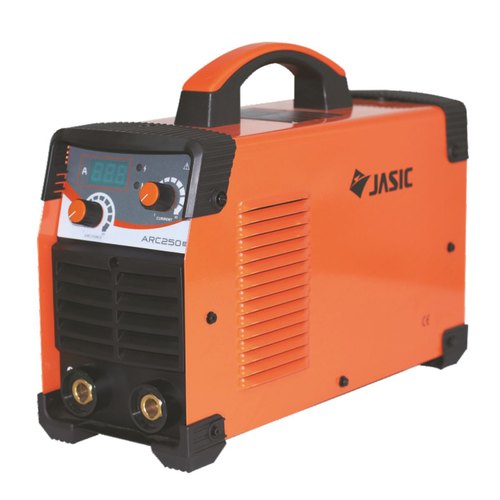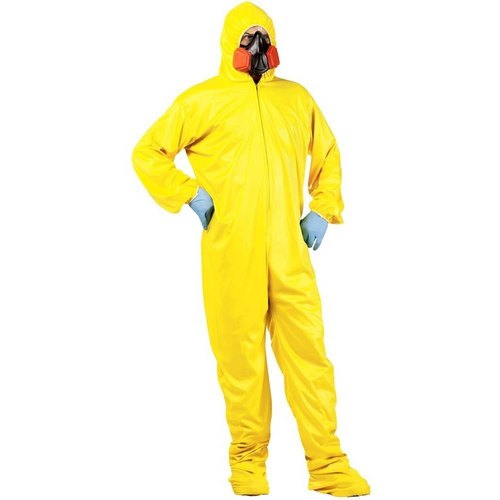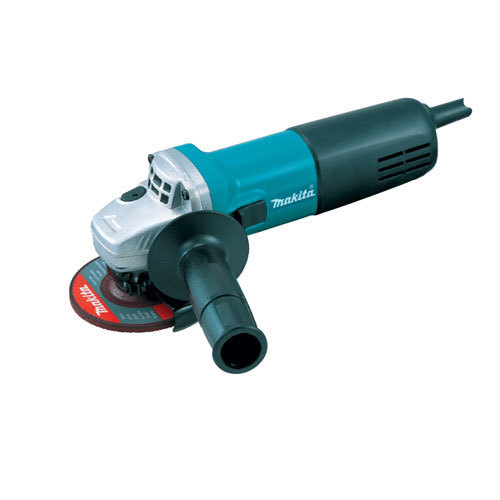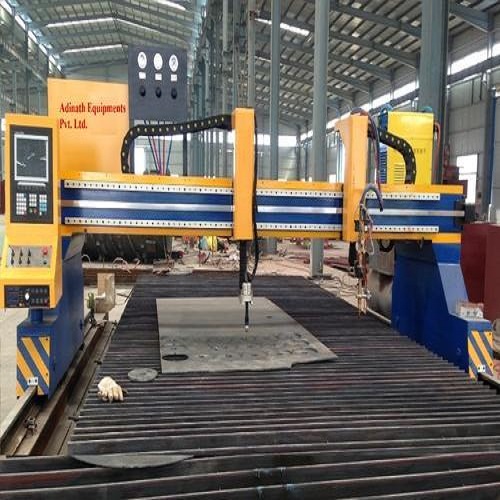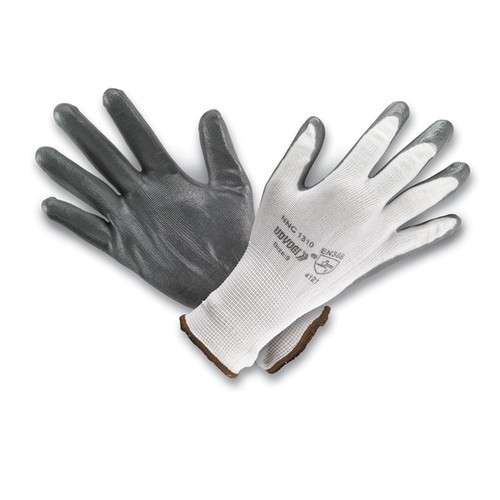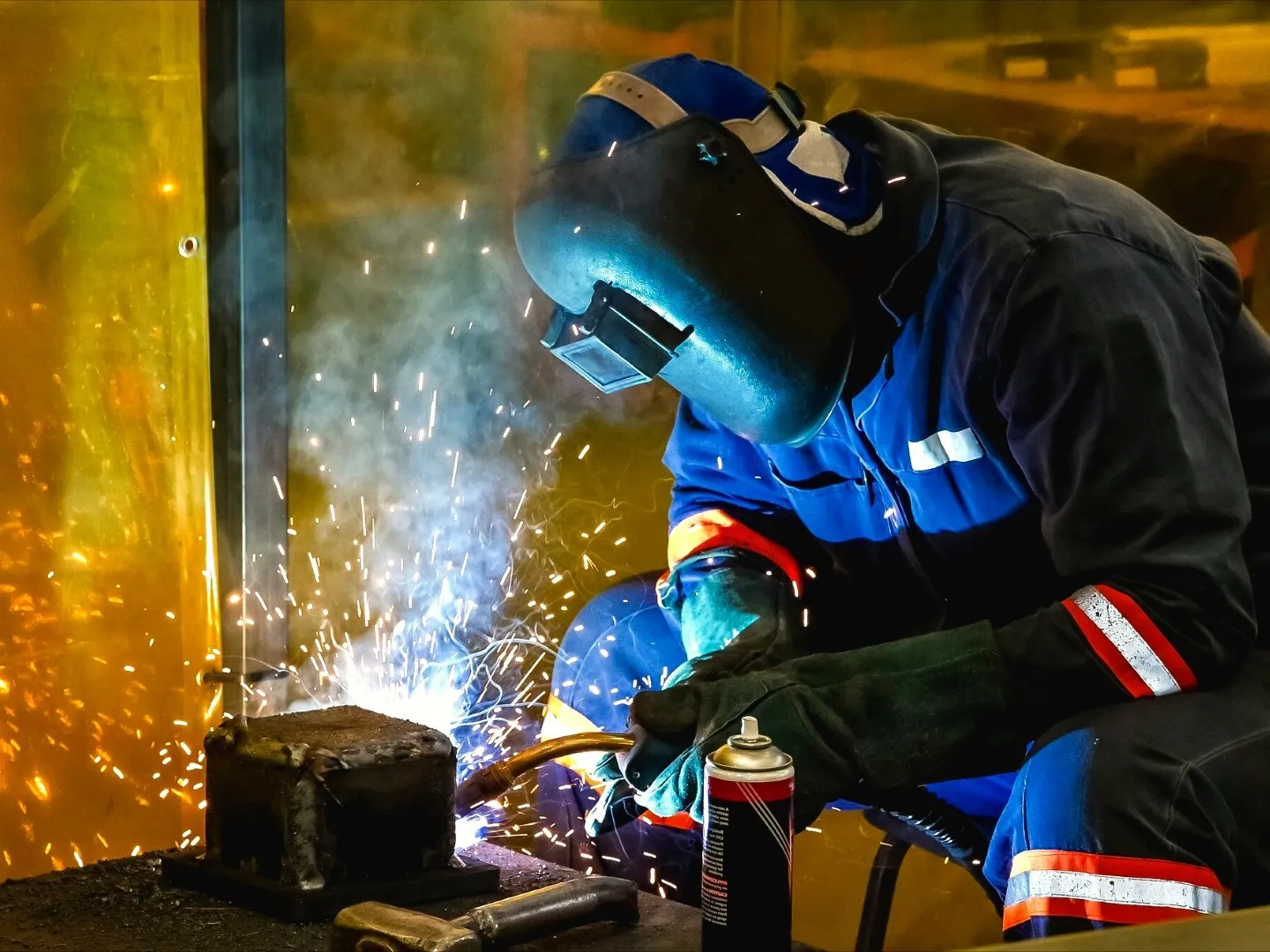
Welding is a crucial operation in many industries—from construction to manufacturing, automotive to shipbuilding. While welding is indispensable, it also poses serious safety risks if not managed properly. With the right training, tools, and awareness of safety protocols, the chance of accidents can be considerably reduced. This article will walk you through essential safety measures while working with welding machines, with a strong focus on best practices, hazards, and how to stay compliant with safety norms. Whether you're a professional welder, workshop owner, or industrial manager, this guide will give you in-depth insight into welding machine safety tips, welding safety precautions, and all the necessary steps to maintain a secure welding environment.
Understanding the Importance of Welding Safety
Welding involves high temperatures, electric current, and intense light—all of which are potentially hazardous. Ignoring basic welding safety guidelines can lead to severe injuries such as burns, eye damage, respiratory issues, or even explosions due to improper gas handling. According to the International Labour Organization (ILO), welding-related accidents are among the top five industrial injuries globally. The silver lining is that most of these incidents are preventable with adequate knowledge and adherence to safe welding practices.
Top Welding Machine Safety Tips
Here are some time-tested and effective welding machine safety tips every professional must know and follow:
- Always Inspect Equipment Before Use: Before striking the arc, inspect your welding machine and tools. Check for loose connections, frayed cables, or wear. Regular checks help prevent electric shocks and machine malfunctioning.
- Maintain Proper Ventilation: Fumes released during welding can be toxic. Make sure the work area is well-ventilated or use local exhaust ventilation systems. In confined settings, this is an unavoidable welding safety measure.
- Check Grounding and Electrical Setup: An improper ground can lead to electrical hazards. Ensure your machine is correctly grounded and the power source is stable to prevent any surges or electrical injuries.
- Keep Fire Extinguishers Handy: Welding sparks can ignite flammable materials nearby. Always keep fire extinguishers at arm's reach and make sure your team is trained to use them effectively.
Welding Personal Protective Equipment (PPE)
Wearing the right welding personal protective equipment is your first line of defense. Here's what every welder must have:
- Welding Helmet: Protects against UV rays, sparks, and flying particles
- Fire-Resistant Clothing: Jackets, aprons, and pants made from flame-resistant material
- Gloves: Sturdy leather gloves guard against electrical shocks and burns
- Boots: Steel-toed, high-top boots safeguard feet from falling objects and molten metal
- Respirators or Masks: Especially important when dealing with coated or painted metals
Investing in high-quality PPE is one of the smartest safety measures in welding that pays off every time.
Arc Welding Safety Guidelines
Arc welding, one of the most common welding methods, comes with its own set of risks and needs. Here are some arc welding safety protocols to always follow:
- Never touch the electrode or metal parts of the electrode holder with bare skin
- Maintain a safe space between the arc and the worker's body
- Use the correct electrode size and type based on the material and thickness
- Avoid welding near flammable or explosive materials
Proper training on arc welding safety significantly reduces the chances of electric shocks, arc flashes, and other potential hazards.
Safe Welding Practices for Every Workplace
No matter the scale of the operation, implementing safe welding practices is vital. These include:
- Keeping the work area clean and organized
- Clearly marking welding zones with warning signs
- Assigning a dedicated safety supervisor
- Using barriers or welding curtains to protect other workers from UV exposure
Remember, good housekeeping and organization can go a long way in promoting welding workplace safety.
Common Hazards in Welding and How to Prevent Them
Understanding risks is crucial to welding hazard prevention. The following are some typical dangers and ways to lessen them:
1. Fume Inhalation
Solution: Use fume extraction systems and wear respirators.
2. Electric Shock
Solution: Inspect cables regularly and always wear dry gloves.
3. Burns and Fire
Solution: Keep flammable items away and wear fire-resistant clothing.
4. Eye Damage from UV Light
Solution: Use auto-darkening helmets and welding curtains.
Being proactive about industrial welding safety saves lives and preserves equipment integrity.
Welding Safety Precautions in Industrial Settings
Industrial sites often involve large-scale welding operations, which means higher risks. Follow these welding safety precautions to ensure overall industrial welding safety:
- Conduct regular safety audits
- Offer safety training sessions for staff
- Monitor equipment wear-and-tear
- Implement emergency response protocols
Even small lapses in welding workplace safety can result in major injuries or damage.
Legal Compliance and Safety Standards
National and international safety rules must be followed in every workplace, including:
- OSHA (Occupational Safety and Health Administration) guidelines
- ANSI (American National Standards Institute) welding safety codes
- IS 818: Indian standard for health and safety requirements for arc welding
Following these welding safety guidelines not only ensures legal compliance but also builds trust among employees and clients.
Digital Technologies for Enhanced Welding Safety
The evolution of technology has brought forth smart welding machines with built-in safety features like:
- Overload protection
- Thermal sensors
- Auto shut-off systems
- Voltage and current stabilizers
These innovations offer added layers of welding hazard prevention and enhance productivity without compromising safety.
Safety Measures in Welding for New Welders
If you are new to welding, here are additional beginner-focused safety measures in welding:
- Start with supervised sessions
- Study welding manuals thoroughly
- Never ignore discomfort or strange machine behavior
- Keep a safety checklist and review it before each session
Learning safe welding practices from the start sets a strong foundation for a secure welding career.
Why Choose Us: Adinath Equipments
At Adinath Equipments, safety is not just a checklist—it's a commitment. We offer top-quality welding machines that integrate the latest in safety technology. Our products are designed for durability, reliability, and above all, user protection.
We value every order, big or small, and treat every client with care, professionalism, and respect. Whether you're setting up a small workshop or managing an industrial facility, we provide personalized guidance and post-sales support that you can count on.
Choose us to experience the perfect combination of quality, scale, and service.
Conclusion
Welding is both an art and a science, but without the right safety protocols, it becomes a dangerous operation. From using high-grade welding personal protective equipment to adhering to arc welding safety standards and following updated welding safety guidelines, every precaution matters. Equip your workspace with modern machines, train your workforce, and create a culture of safety to ensure smooth, accident-free operations.
Stay alert, stay protected—and let your welding projects shine without risking lives.
FAQ's
Q1. What safety gear is essential for welding?
Helmet, gloves, flame-resistant clothing, boots, and a respirator.
Q2. How do I prevent fires while welding?
Clear flammable items, use fire blankets, and keep a fire extinguisher nearby.
Q3. Is arc welding more dangerous?
Yes, it requires specific precautions like proper grounding and shielding.
Q4. Are welding fumes harmful?
Yes, always use respirators and work in well-ventilated areas.
Q5. How often should I check my welding machine?
Inspect it daily before use for damage or wear.
Contact Adinath Equipments today to upgrade your operations with cutting-edge safety-enabled welding machines. Call us at +91 9879156589 or Email: sales@adinathequipments.com. Let's build a safer, stronger tomorrow—one weld at a time.

